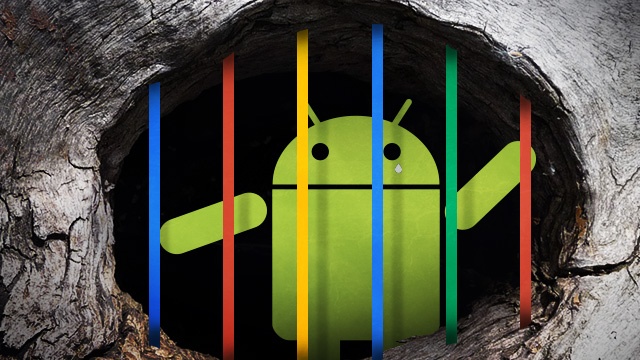Google is the largest advertising platform in the world so it’s not surprising that they are the victim of another android ad fraud scandal.
Earlier this year the search engine giant had another scandal unfold when ads on YouTube were being shown next to extremely offensive content. The latest in the Google scandal saga is that over 40 Android apps were taken off the app store. Not so coincidentally all of the apps were from the same developer, a South Korean company, Kiniwini.
What happened exactly?
This is arguably one of the biggest mobile ad fraud cases Google has ever seen. In this case, the apps used the infected Android mobile devices to automatically click ads. But it’s a number of downloads that makes this go down in the books. According to the security company Check Point, the malware infected apps were downloaded roughly 36 million times. Since they were reported the malware apps have been removed from Google Play, Google’s official app store. The most worrisome part is some of these apps had been on the market for years and constantly being updated, essentially spiraling out of control. Google Bouncer, is a technology specifically designed to stop this kind of thing from happening. But wasn’t able to pick up on it even though it was so wide scale.
The ad fraud code was designed to open web pages in the background in a PC like a browser without the user knowing. The security company Check Point explained, “once the targeted website is launched, the malware uses the JavaScript code to locate and click on banners from the Google ads infrastructure”. From there the fraudsters received money for every ad click, a wide-scale click fraud scandal at it’s finest. According to Check Point, the fraudsters were making about $300,000 each month from these invalid clicks.
How did it go undetected?
These android ad fraud infected apps date back to April 2016.
This means they’ve been on the market and undetected for over a year now. These types of malware are extremely difficult to detect. Even some of the best antivirus technology can’t pick up on some of them. But why is that? Within the app store itself, these apps appear to be harmless because in the app store they really are harmless. But once they download the fraud begins to take place. Not only is it extremely difficult to detect but the only permission they need from you is to access the internet. This is something that seems natural when downloading a new app.
Even with this new scandal Google’s data still strongly indicates that Android fraud is still very low. At the end of 2016, the amount of Android devices that only downloaded from Google Play that was “potentially harmful application” (PHA) was about 0.05%.
Final Thoughts
There is no denying that ad fraud and specifically mobile fraud is becoming more and more widespread. Ad fraud scandals seem to be popping up right and left these days. Even search engine giants like Google can be hit hard by such fraudulent activity. Don’t let fraudsters hurt your business by draining your ad budget! So now more than ever it’s important to ensure each and every click is valid and protect your campaigns from click fraud with ClickCease.
